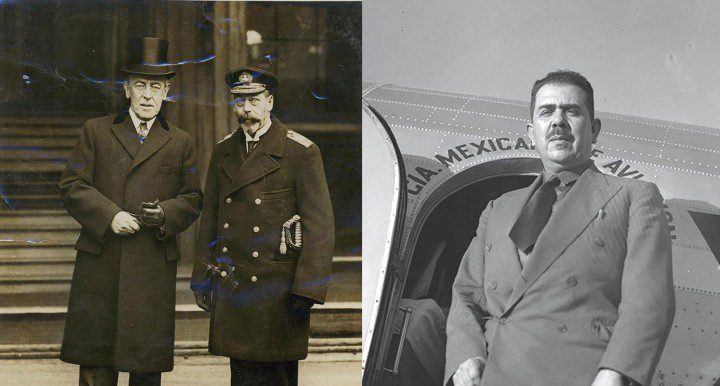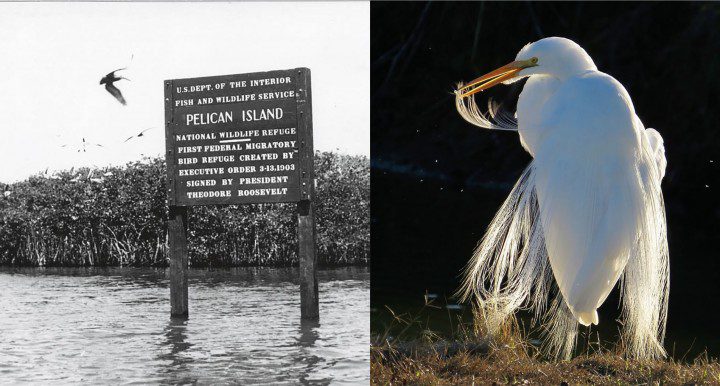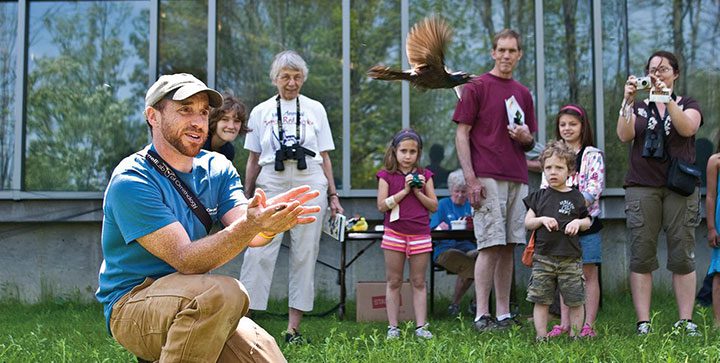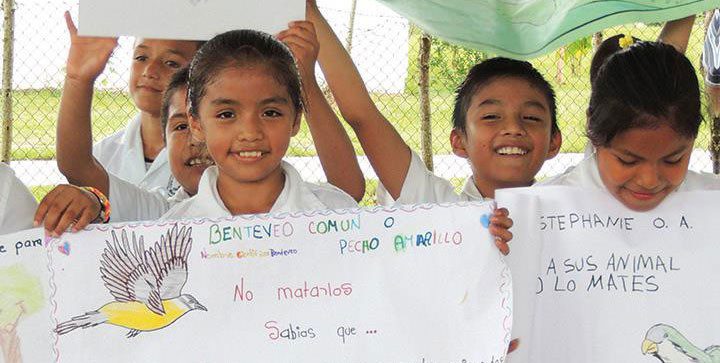History
100 Years Ago, We Came Together for Birds

Amidst the global chaos of World War I, U.S. President Woodrow Wilson and Great Britain’s King George V pledged an international commitment to protect the migratory birds of North America and put an end to market hunting. Crafted in 1916, the Convention for the Protection of Migratory Birds promised collaborative conservation between the United States and Canada.
Twenty years later, with his country in the aftermath of revolution, Mexican president Lázaro Cárdenas approved a treaty with the U.S. that protected migratory birds. Despite political unrest and competing economic priorities, our three nations joined together for birds to create some of the first international environmental agreements in North America.
We Responded When Waterfowl Needed Us

In the late 20th century, with duck populations in decline, our three nations united again to build the North American Waterfowl Management Plan.
With planning and wetlands conservation, ducks became more plentiful. Today, robust waterfowl populations are found from the northern prairies to Mexico’s mangrove swamps. Conservation works, and through collaboration we can produce strong results.
Now we must effectively apply this trinational model to all birds, because more than one-third of all North American bird species will be at risk of extinction unless we take conservation action.
Birds Bring Out the Best in People
Some say there are more important priorities than birds. But bird conservation is a powerful force for positive change.

Birds promote leadership.
History demonstrates that birds can transcend politics and conflict. Birds are an important economic resource to the hunting, birding, and tourism industries. And birds are a cultural resource—as national symbols, religious icons, and namesakes of sports teams, birds represent who we are. As more people live in cities, birds are becoming one of humanity’s main connections to nature.
Birds inspire bigger wins for the environment.
Bird habitats are sinks for greenhouse gases, so bird conservation can help our countries meet Paris Agreement commitments to reduce climate change. Healthy environments for birds also provide benefits to people, such as clean air and water, flood and erosion control, and coastal resilience.
Birds connect our continent.
Our birds are truly a shared resource as they migrate across countries and oceans throughout the hemisphere. With so many bird species showing alarming declines, it is more important than ever that we work together to conserve our shared birds.

Renewing Our Continental Commitment to Birds
Once again our countries face uncertain times—for our economies, our environment, and our climate. And again, birds need our help. This report should inspire us to move forward with the best available science on the status of birds and their habitats in North America. It is an unprecedented continent-wide analysis, drawing on the efforts of tens of thousands of citizen-scientists from Canada, the U.S., and Mexico.
As we make new success stories for birds, there are roles for everyone to play. Governments can capitalize on the findings in this report to strengthen science-based conservation policies. Private industry can invest in sustainability for natural resources. And people can provide the voice and energy to make this all happen.
One hundred years ago, it was a small band of determined people who convinced a president and a king to make treaties for migratory birds. People can turn around the outlook for birds in this 21st century.
